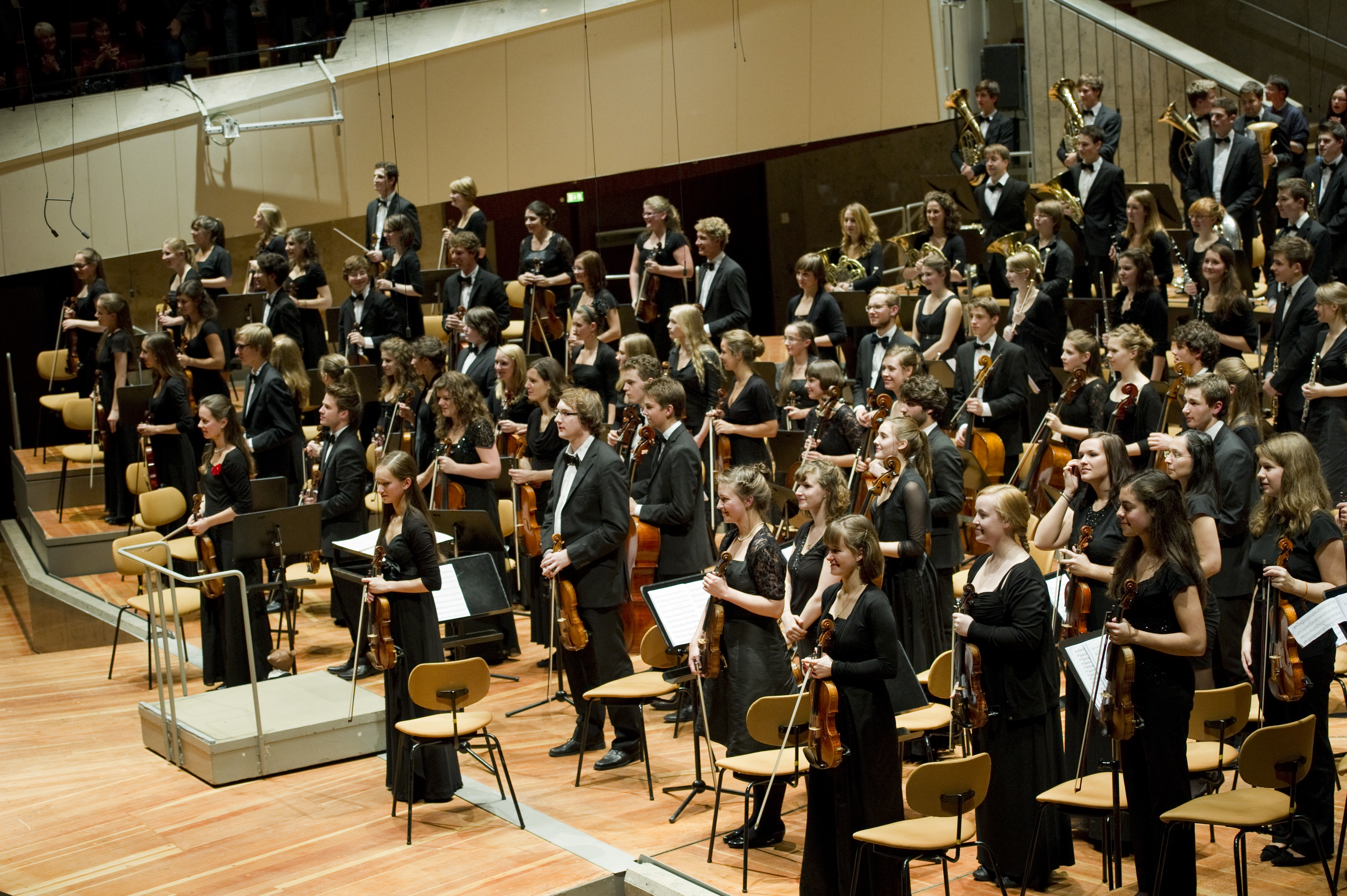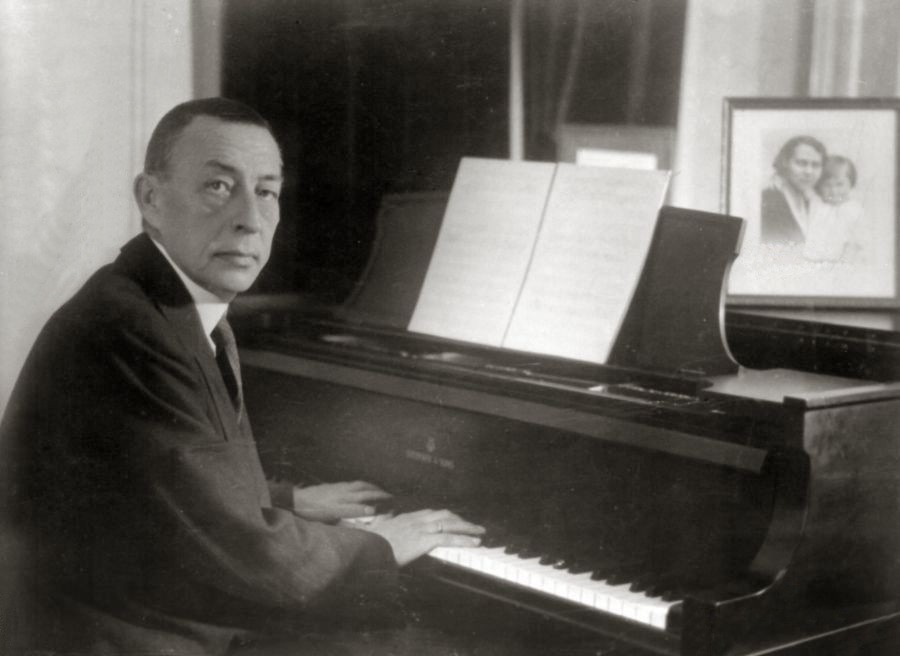|
Haydn Piano Sonatas (Fazıl Say)
''Haydn Piano Sonatas'' is the fourteenth album by Turkish pianist and composer Fazıl Say. It was recorded in July 2006 in Théâtre des Quatre Saisons in Gradignan, France, and was released by Naïve Classique on 20 February 2007. ''Haydn Piano Sonatas'' features five piano sonatas by composer Joseph Haydn (1732). Sonatas #Piano Sonata D major, Hob. XVI/37: I. Allegro con brio, II. Largo e sostenuto, III. Finale: Presto ma non troppo #Piano Sonata A-flat major, Hob. XVI/43: I. Moderato, II. Menuet, III. Rondo – Presto #Piano Sonata C major, XVI/35: I. Allegro con brio, II. Adagio, III. Finale – Presto #Piano Sonata E major, XVI/31: I. Moderato, II. Allegretto, III. Finale – Presto #Piano Sonata C major, XVI/10: I. Moderato, II. Menuet, III. Finale – presto Personnel *Fazıl Say – pianist *Jean-Pierre Loisil – recording producer *Laure Casenave-Péré – sound engineer and editing *Didier Martin – director, Naïve Classique *Richard Davis – album cover photo ... [...More Info...] [...Related Items...] OR: [Wikipedia] [Google] [Baidu] |
Fazıl Say
Fazıl Say (; born 14 January 1970) is a Turkish pianist and composer who has worked internationally. Life and career Say was born in Ankara in 1970. His father, Ahmet Say, was an author and musicologist. His mother, Gürgün Say, was a pharmacist. His grandfather Fazıl Say, whose name he shares, was a member of the Spartakusbund. Say was a child prodigy, who was able to do basic arithmetic with 4-digit numbers at the age of two. His father, having found out that he was playing the melody of "Daha Dün Annemizin" (Turkish version of Ah! vous dirai-je, maman) on a makeshift flute with no prior training, enlisted the help of Ali Kemal Kaya, an oboist and family friend. At the age of three, Say started his piano lessons under the tutelage of pianist Mithat Fenmen. Say wrote his first piece, a piano sonata, in 1984, at the age of fourteen, when he was a student at the Ankara State Conservatory. It was followed, in this early phase of his development, by several chamber works wi ... [...More Info...] [...Related Items...] OR: [Wikipedia] [Google] [Baidu] |
Classical Music
Classical music generally refers to the art music of the Western world, considered to be #Relationship to other music traditions, distinct from Western folk music or popular music traditions. It is sometimes distinguished as Western classical music, as the term "classical music" can also be applied to List of classical and art music traditions, non-Western art musics. Classical music is often characterized by formality and complexity in its musical form and Harmony, harmonic organization, particularly with the use of polyphony. Since at least the ninth century, it has been primarily a written tradition, spawning a sophisticated music notation, notational system, as well as accompanying literature in music analysis, analytical, music criticism, critical, Music history, historiographical, musicology, musicological and Philosophy of music, philosophical practices. A foundational component of Western culture, classical music is frequently seen from the perspective of individual or com ... [...More Info...] [...Related Items...] OR: [Wikipedia] [Google] [Baidu] |
Naïve Records
Naïve Records is a French independent record label based in Paris, specializing in electronic music, pop music, jazz and classical music. Founding and expansion It was founded in 1998 by Patrick Zelnik, former CEO of Virgin France, Gilles Paires and Eric Tong Cuong. Following finance house Édouard Stern taking a 10% stake in Naïve, Naïve acquired various other record labels, including among classical labels Auvidis (which included early music label Michel Bernstein's Astrée and modernist label Montaigne), Yolanta Skura's Opus 111 (founded 1990, named after Beethoven's Piano Sonata, Op. 111) and Nicolas Bartholomée's Ambroisie. Acquisition by Believe The label got into difficulties after 2010 and, after having operations suspended, was acquired by Denis Ladegaillerie's digital download platform Believe Digital in August 2016. After a long hiatus the label began issuing CDs again with new releases in the Naive Vivaldi Edition. Artists * Aṣa * Asian Dub Foundation ... [...More Info...] [...Related Items...] OR: [Wikipedia] [Google] [Baidu] |
Pianist
A pianist ( , ) is a musician who plays the piano. A pianist's repertoire may include music from a diverse variety of styles, such as traditional classical music, jazz piano, jazz, blues piano, blues, and popular music, including rock music, rock and roll. Most pianists can, to an extent, easily play other musical keyboard, keyboard instruments such as the synthesizer, harpsichord, celesta, and the organ (music), organ. Pianists past and present Contemporary classical music, classical pianists focus on dedicating their careers to performing, recording, teaching, researching, and continually adding new compositions to their repertoire. In contrast to their 19th-century counterparts, they typically do not engage in the composition or transcription of music. While some classical pianists may specialize in accompaniment and chamber music, a smaller number opt for full-time solo careers. Classical Wolfgang Amadeus Mozart, Mozart could be considered the first concert pianist, as ... [...More Info...] [...Related Items...] OR: [Wikipedia] [Google] [Baidu] |
Composer
A composer is a person who writes music. The term is especially used to indicate composers of Western classical music, or those who are composers by occupation. Many composers are, or were, also skilled performers of music. Etymology and definition The term is descended from Latin, ''compōnō''; literally "one who puts together". The earliest use of the term in a musical context given by the ''Oxford English Dictionary'' is from Thomas Morley's 1597 ''A Plain and Easy Introduction to Practical Music'', where he says "Some wil be good descanters ..and yet wil be but bad composers". "Composer" is a loose term that generally refers to any person who writes music. More specifically, it is often used to denote people who are composers by occupation, or those who work in the tradition of Western classical music. Writers of exclusively or primarily songs may be called composers, but since the 20th century the terms ' songwriter' or ' singer-songwriter' are more often used, p ... [...More Info...] [...Related Items...] OR: [Wikipedia] [Google] [Baidu] |
Gradignan
Gradignan (; ) is a commune in the Gironde department in southwestern France. It is a suburb of the city of Bordeaux and is located on its southwest side. Thus, it is a member of the Bordeaux Métropole. Population Education institutions Gradignan is a part of the Bordeaux education zone ( Académie de Bordeaux). Prison Gradignan prison is a high-security facility serving the Bordeaux area. International relations Gradignan has partnerships with: * Pfungstadt, Germany, since 1996. * Figueira da Foz, Portugal, since 1992. Localities *Communes of the Gironde department The following is a list of the 534 communes of the Gironde department of France. The communes cooperate in the following intercommunalities (as of 2025):Motte Saint-Albe Refere ...
|
Piano Sonata
A piano sonata is a sonata written for a solo piano. Piano sonatas are usually written in three or four movements, although some piano sonatas have been written with a single movement (Liszt, Scriabin, Medtner, Berg), others with two movements (Haydn, Beethoven), some contain five ( Brahms' Third Piano Sonata, Czerny's Piano Sonata No. 1, Godowsky's Piano Sonata) or even more movements. The first movement is generally composed in sonata form. The Baroque keyboard sonata In the Baroque era, the use of the term "sonata" generally referred to either the sonata da chiesa (church sonata) or sonata da camera (chamber sonata), both of which were sonatas for various instruments (usually one or more violins plus basso continuo). The keyboard sonata was relatively neglected by most composers. The sonatas of Domenico Scarlatti (of which there are over 500) were the hallmark of the Baroque keyboard sonata, though they were, for the most part, unpublished during Scarlatti's lifetim ... [...More Info...] [...Related Items...] OR: [Wikipedia] [Google] [Baidu] |
Joseph Haydn
Franz Joseph Haydn ( ; ; 31 March 173231 May 1809) was an Austrian composer of the Classical period (music), Classical period. He was instrumental in the development of chamber music such as the string quartet and piano trio. His contributions to musical form have led him to be called "Father of the Symphony" and "Father of the String quartet". Haydn arose from humble origins, the child of working people in a rural village. He established his career first by serving as a chorister at St. Stephen's Cathedral, Vienna, then through an arduous period as a freelance musician. Eventually he found career success, spending much of his working life as Kapellmeister, music director for the wealthy Esterházy family at their palace of Eszterháza in rural Hungary. Though he had his own orchestra there, it isolated him from other composers and trends in music so that he was, as he put it, "forced to become original". During this period his music circulated widely in publication, eventuall ... [...More Info...] [...Related Items...] OR: [Wikipedia] [Google] [Baidu] |
Hoboken Catalogue
The Hoboken catalogue is a catalogue of the musical compositions by Joseph Haydn compiled by Anthony van Hoboken. It is intended to cover the composer's entire oeuvre and includes over 750 entries. Its full title in the original German is ''Joseph Haydn, Thematisch-bibliographisches Werkverzeichnis'' ("Joseph Haydn, thematic-bibliographic catalogue of works"). The Haydn catalogue that now bears Hoboken's name was begun in card format in 1934; work continued until the publication of the third and final book volume in 1978. Works by Haydn are often indicated using their Hoboken catalogue number, typically in the format " Violin Concerto No. 1 in C major, Hob. VIIa:1". The catalogue The catalogue is a massive work; a currently available version runs to 1936 pages. Each work is given with an identifying incipit, printed on a single musical line. There is discussion of manuscript sources, early editions, listing in previous catalogues (including the two Haydn prepared), and critical c ... [...More Info...] [...Related Items...] OR: [Wikipedia] [Google] [Baidu] |
List Of Solo Piano Compositions By Joseph Haydn
This is a list of solo piano pieces by Joseph Haydn. Piano sonatas Two numbering schemes for the sonatas are commonly used. Here, the pieces are sorted using the numbering method proposed by H. C. Robbins Landon, Landon, H. C. Robbins. In: ''Haydn (Oxford Composer Companions)'', Ed Wyn Jones, D. Oxford University Press, Oxford, 2002, pp. 203 & 468. while the "Hob. XVI" specification refers to its index in the Hoboken catalogue. Piano pieces These works are in Category XVII of the Hoboken catalogue. *Capriccio in G major on "Acht Sauschneider müssen sein", Hob. XVII/1 * Twenty Variations in G major, Hob. XVII/2 *Arietta con 12 Variazioni, Hob. XVII/3 * Fantasia (Capriccio) in C major, Hob. XVII/4 (1789) *Variations (6) in C major, Hob. XVII/5 (1790) *Variations in F minor, Un piccolo divertimento, Hob. XVII/6 (1793) *Variations (5) in D major, Hob. XVII/7 *Variations (8) in D major, Hob. XVII/8 (uncertain) *Adagio in F major, Hob. XVII/9 *Allegretto in G major, Hob. XVII/1 ... [...More Info...] [...Related Items...] OR: [Wikipedia] [Google] [Baidu] |
2007 Classical Albums
7 (seven) is the natural number following 6 and preceding 8. It is the only prime number preceding a cube (algebra), cube. As an early prime number in the series of positive integers, the number seven has symbolic associations in religion, mythology, superstition and philosophy. The seven classical planets resulted in seven being the number of days in a week. 7 is often considered lucky in Western culture and is often seen as highly symbolic. Evolution of the Arabic digit For early Brahmi numerals, 7 was written more or less in one stroke as a curve that looks like an uppercase vertically inverted (ᒉ). The western Arab peoples' main contribution was to make the longer line diagonal rather than straight, though they showed some tendencies to making the digit more rectilinear. The eastern Arab peoples developed the digit from a form that looked something like 6 to one that looked like an uppercase V. Both modern Arab forms influenced the European form, a two-stroke form cons ... [...More Info...] [...Related Items...] OR: [Wikipedia] [Google] [Baidu] |




